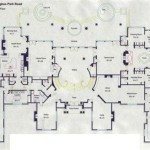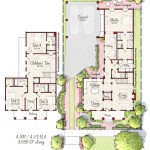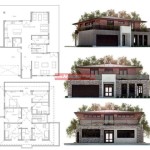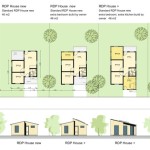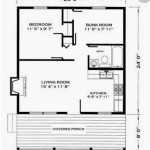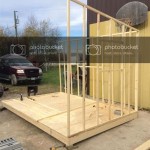Essential Aspects of Housing Estate Site Plans
Planning the development of a housing estate is a meticulous process that requires comprehensive site planning. An elaborate site plan serves as a blueprint for the entire project, guiding the design, construction, and overall functionality of the estate. This article explores the core elements of housing estate site plans, highlighting their significance in creating successful residential communities.
1. Land Use and Zoning
The site plan should adhere to the designated land use and zoning regulations for the area. This involves identifying the allowable uses of the land, such as residential, commercial, or mixed-use, and ensuring that the proposed development aligns with those regulations. Zoning regulations dictate building heights, setbacks, and other parameters that must be considered in the site planning process.
2. Physical Environment
A comprehensive understanding of the physical environment is crucial for site planning. This includes factors such as topography, soil conditions, drainage patterns, and natural features on the site. A thorough assessment of these elements helps determine the optimal placement of buildings, roads, and other infrastructure to minimize environmental impact and maximize livability.
3. Infrastructure Planning
Housing estates require a robust infrastructure to support the needs of residents. The site plan should incorporate essential infrastructure, including roads, sidewalks, utilities (water, sewer, gas, electricity), and communication networks. Careful planning ensures efficient and accessible infrastructure that enhances the quality of life for residents.
4. Building Design and Layout
The site plan outlines the design and layout of the buildings within the estate. This involves determining the number of units, their size, and orientation, as well as the overall architectural style. The layout should promote a sense of community, create visually appealing spaces, and ensure privacy for residents.
5. Open Spaces and Amenities
Incorporating ample open spaces and amenities into the site plan is essential for creating livable and sustainable communities. Open spaces can include parks, playgrounds, greenways, or communal areas that provide opportunities for recreation, relaxation, and social interaction. Amenities such as clubhouses, swimming pools, or fitness centers enhance the overall livability of the estate.
6. Circulation and Accessibility
The site plan must ensure efficient and safe circulation for both vehicles and pedestrians. The design of roads, sidewalks, and parking areas should minimize traffic congestion and prioritize pedestrian safety. Accessible paths and facilities should be incorporated to accommodate individuals with disabilities or special needs.
7. Environmental Considerations
Sustainability should be a key consideration in housing estate site planning. The plan should incorporate measures to reduce environmental impact, such as energy-efficient building materials, rainwater harvesting systems, or native landscaping. Balancing environmental preservation with development goals is essential for creating sustainable communities.
8. Phasing and Implementation
The site plan should outline a phasing schedule for the development of the housing estate. This involves dividing the project into manageable stages, ensuring efficient implementation and minimizing disruption during construction. The phasing schedule should consider the availability of resources, market demand, and financial constraints.
9. Approvals and Permits
Before construction can commence, the site plan must be approved by the relevant planning authorities, including municipalities and regulatory agencies. Obtaining necessary permits and approvals ensures that the development complies with all applicable regulations and standards.
Conclusion
Housing estate site plans are comprehensive documents that guide the development of thriving residential communities. By incorporating these essential aspects, planners can create livable, sustainable, and aesthetically pleasing estates that meet the needs of residents and enhance their quality of life. A well-crafted site plan is a foundation for successful housing estate development, ensuring a harmonious balance between function, aesthetics, and environmental responsibility.

Layout Plan Of Federal Housing Estate Egbeada Owerri Source Scientific Diagram

Plans For Major Homes Site Backed Construction

Ostoja WilanÓw The Housing Estate Plan

Tbc F5 Cala Homes Site Plans Alderton Village Gloucestershire

Residential Development On Land North Of Hemsby Road Martham Blog

7 Housing Complex Plan Ideas How To Architecture

Developing Small Sites Key Steps To Successful Design Planning Permission Urbanist Architecture Company London

110 House Development In Gloucestershire Planning Approved Apex Architecture

24 More Green Belt Homes Approved Ruddington Info

Cottage Housing Developments M Group Cer House Pocket Neighborhood Tiny Community

